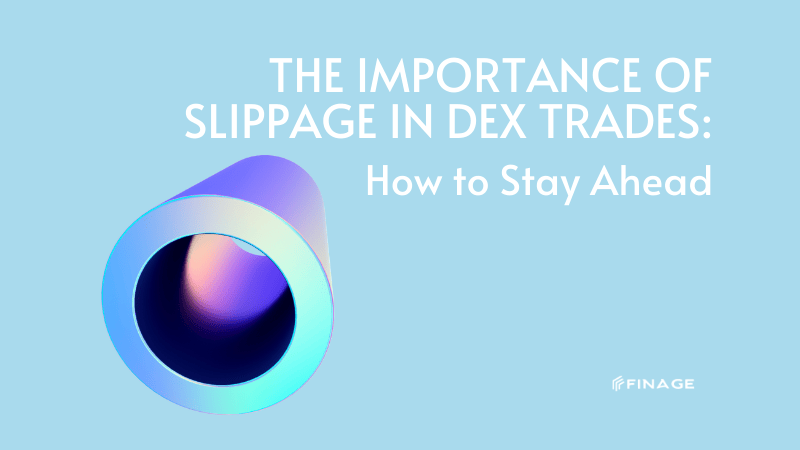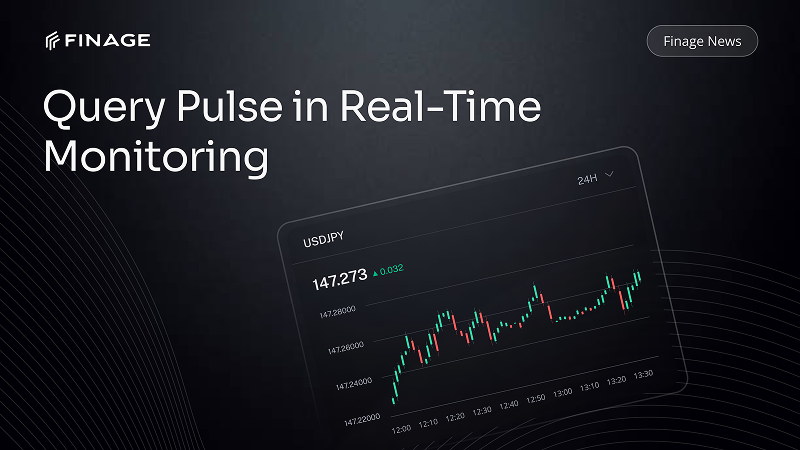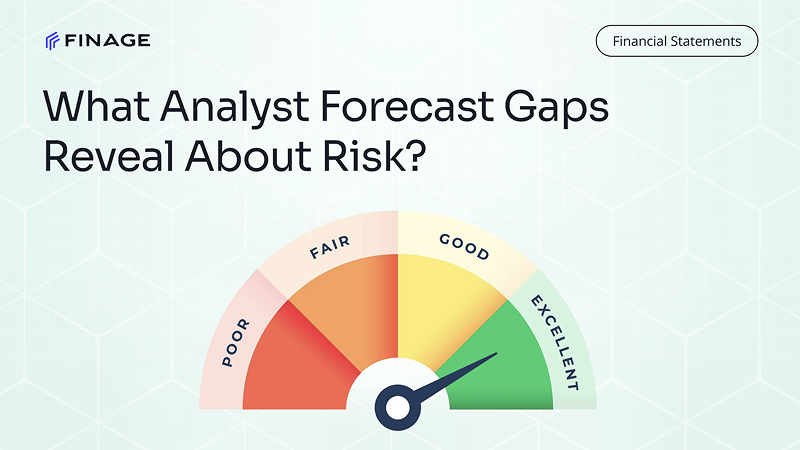The Importance of Slippage in DEX Trades: How to Stay Ahead
4 min read • December 30, 2024

Introduction
Decentralized exchanges (DEXs) have revolutionized cryptocurrency trading by offering users control, transparency, and access to a wide range of tokens. However, trading on DEXs comes with unique challenges, one of the most significant being slippage. Slippage refers to the difference between the expected price of a trade and the actual price at which it is executed, and it can significantly impact the profitability of trades.
For traders navigating the fast-paced world of decentralized finance (DeFi), understanding and managing slippage is essential. This article explores the concept of slippage, its causes, and practical strategies for minimizing its impact in DEX trades.
Contents
- What is Slippage in DEX Trades?
- What Causes Slippage on DEXs?
- Low Liquidity
- High Trading Volume
- Market Volatility
- How Slippage Impacts DEX Trades
- Tools and Techniques to Minimize Slippage
-Choosing High-Liquidity Pools
- Setting Slippage Tolerance
- Timing Your Trades
- Using Aggregators
- Staying Ahead in DEX Trading
- Conclusion
What is Slippage in DEX Trades?
Slippage occurs when the price of a token changes between the time a trade is initiated and when it is executed. On DEXs, trades are executed through liquidity pools, and the price of a token is determined algorithmically based on supply and demand within the pool.
For example:
If you place a trade expecting to buy a token at $10 but it executes at $10.50, the $0.50 difference is the slippage.
Slippage can either be positive (executed price is better than expected) or negative (executed price is worse than expected), but negative slippage is more common and impacts profitability.
What Causes Slippage on DEXs?
Several factors contribute to slippage in decentralized exchange trades:
1. Low Liquidity
Low liquidity in a pool means there aren’t enough tokens available to support large trades without significantly altering the price. This lack of depth in the market increases the likelihood of slippage, especially for large orders.
2. High Trading Volume
DEXs operate on a first-come, first-served basis. High trading activity, especially during peak market hours or around significant news events, can cause rapid price changes, leading to slippage.
3. Market Volatility
The cryptocurrency market is inherently volatile, and prices can fluctuate dramatically in short periods. This volatility increases the risk of slippage, particularly for tokens with smaller market capitalizations.
How Slippage Impacts DEX Trades
The effects of slippage on DEX trades can be significant:
- Reduced Profitability: Negative slippage erodes potential profits, especially for traders operating on tight margins.
- Increased Costs: For large trades, slippage can lead to paying much more than anticipated for a token or receiving far less when selling.
- Execution Challenges: In extreme cases, high slippage can cause trades to fail entirely, particularly when slippage tolerance is set too low.
Tools and Techniques to Minimize Slippage
Traders can employ several strategies and tools to reduce slippage and enhance their DEX trading experience.
1. Choose High-Liquidity Pools
High-liquidity pools can accommodate larger trades without significant price impact. Before trading:
- Check the Total Value Locked (TVL) in the pool.
- Opt for pools with higher liquidity to reduce the chances of slippage.
2. Set Slippage Tolerance
Most DEXs allow users to set a slippage tolerance, which defines the maximum price deviation they’re willing to accept for a trade.
- Low Tolerance: Protects against unexpected losses but increases the risk of failed transactions.
- High Tolerance: Ensures trade execution but at the risk of paying significantly more than expected.
Setting an appropriate slippage tolerance based on market conditions is critical.
3. Time Your Trades
Avoid trading during periods of high market volatility or congestion. For example:
- Steer clear of trading around major announcements or economic events.
- Monitor gas fees as an indicator of network activity, which often correlates with slippage risk.
4. Use Aggregators
DEX aggregators like 1inch and Matcha compare prices across multiple DEXs to find the most favorable rates and reduce slippage. These platforms:
- Optimize trade routes by splitting orders across pools.
- Identify pools with better liquidity or lower fees.
Staying Ahead in DEX Trading
Minimizing slippage requires a proactive approach:
- Stay Informed: Monitor market conditions, liquidity levels, and token performance.
- Leverage Tools: Use analytics platforms to track liquidity pools and real-time price data.
- Adopt Risk Management: Set realistic trade sizes and slippage tolerances based on your risk appetite.
By combining these strategies, traders can mitigate the impact of slippage and enhance their profitability in DEX trades.
Conclusion
Slippage is an inevitable aspect of trading on decentralized exchanges, but it doesn’t have to derail your trading strategy. Understanding its causes, impacts, and mitigation techniques is crucial for navigating the DeFi ecosystem effectively.
By choosing high-liquidity pools, setting appropriate slippage tolerances, timing trades carefully, and leveraging DEX aggregators, traders can reduce the risks associated with slippage and optimize their trading outcomes. In the fast-paced world of DeFi, staying ahead means being prepared—and managing slippage is a vital part of that preparation.
With the right tools and strategies, traders can minimize costs, maximize profits, and succeed in the dynamic landscape of DEX trading.
You can get your Real-Time and Historical DEX Data with a free DEX Data API key.
Build with us today!
Claim Your Free API Key Today
Access stock, forex and crypto market data with a free API key—no credit card required.

Stay Informed, Stay Ahead
Finage Blog: Data-Driven Insights & Ideas
Discover company news, announcements, updates, guides and more

.png)
